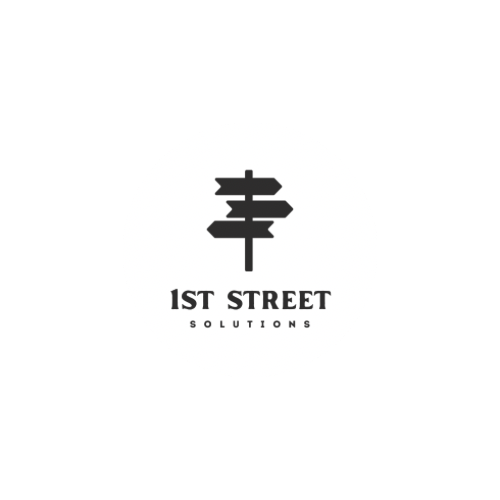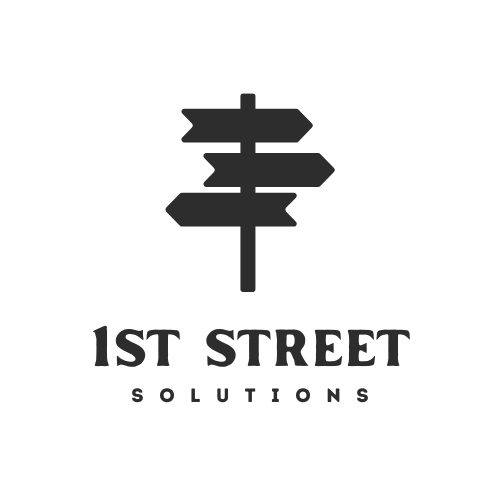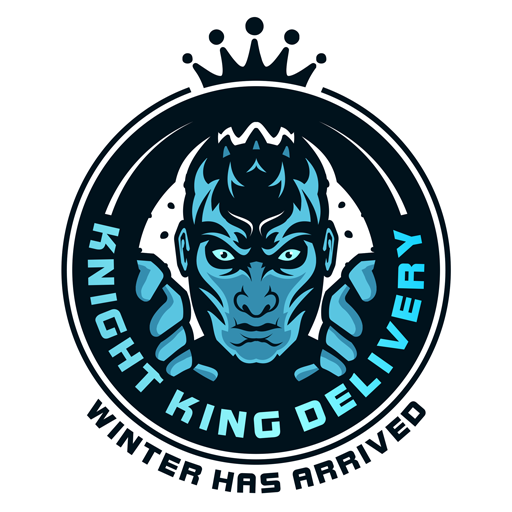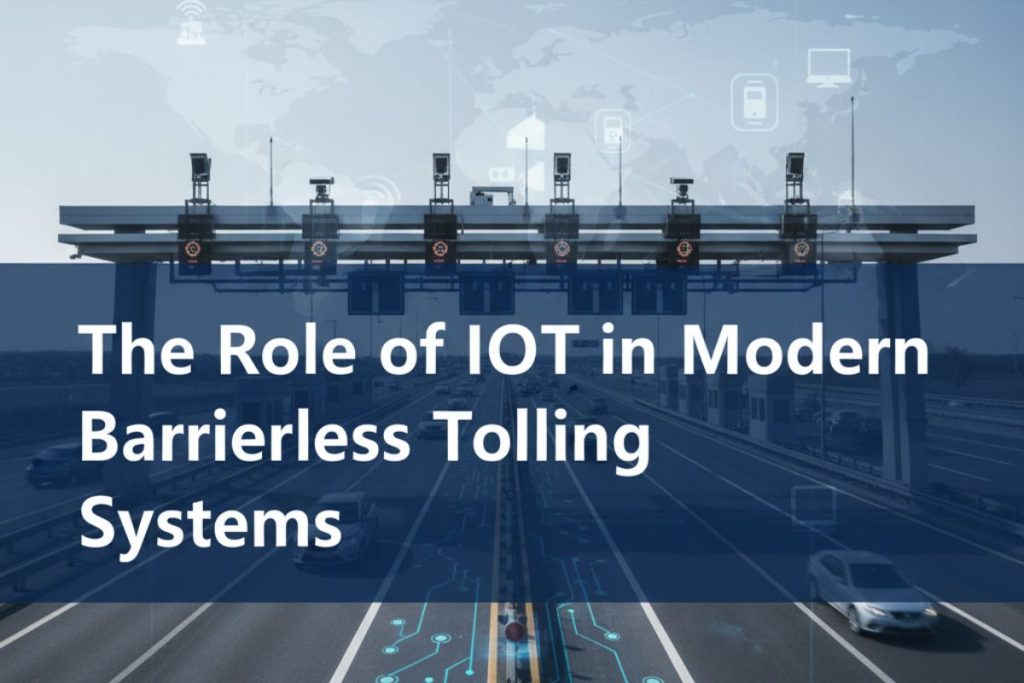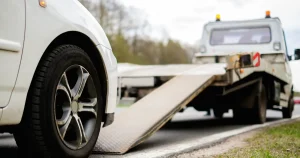Traffic congestion at toll plazas has long symbolised inefficiency on major highways. With digital technology reshaping transportation, the concept of Barrierless Tolling has become a defining element of modern mobility infrastructure. This new model, supported by the Internet of Things (IoT), removes physical barriers and introduces data-driven, automated toll collection. The outcome is faster transit, improved compliance, and better use of public resources.
IoT as the Foundation of Smart Toll Collection
The Internet of Things connects devices, sensors, and control units into an intelligent network capable of communication without human input. Within tolling, IoT acts as the digital framework that links vehicles, roadside units, and central servers.
Every connected component shares information—vehicle identification, location, and movement patterns—through sensors and short-range communication. This data forms the basis of real-time decision-making, allowing vehicles to be charged accurately while passing at highway speeds.
Through constant connectivity, IoT eliminates the physical stop-and-pay process. The system identifies vehicles automatically, calculates fees, and completes transactions through integrated payment platforms. The result is a continuous flow of movement across toll corridors with minimal interruption.
Enhancing Accuracy and Operational Reliability
Accurate toll assessment depends on precise data capture. IoT devices such as RFID tags, ANPR (Automatic Number Plate Recognition) cameras, and GPS trackers ensure that every vehicle is logged correctly.
Because these systems communicate through a unified data environment, duplication or misread errors are significantly reduced. This digital synchronisation supports transparent billing and strengthens user confidence.
Continuous diagnostics also help identify technical faults before they disrupt operations. Sensors embedded within tolling infrastructure monitor performance metrics—camera alignment, network connectivity, and payment verification—helping maintain consistent service quality.
Reducing Congestion and Travel Time
Barrierless Tolling eliminates queues and reduces idle time that traditionally occur at manual booths. IoT enables real-time vehicle recognition, allowing cars and freight carriers to maintain highway speed while transactions occur invisibly in the background.
The cumulative effect extends beyond convenience. Less stopping and acceleration translate into reduced fuel consumption and lower emissions. For city planners and highway authorities, these savings directly contribute to sustainability goals and smoother traffic management.
Strengthening Data Security and User Trust
The digital nature of tolling raises valid questions about data safety. IoT architecture addresses this by applying encryption protocols, identity verification, and multi-layer authentication within each communication node.
When vehicle data moves from sensors to processing centres, encryption safeguards the transmission path. Payment credentials are tokenised, ensuring sensitive information remains hidden from unauthorised access. Regular system audits and software updates further maintain compliance with modern cybersecurity standards.
This focus on security not only protects users but also enhances the reputation of public agencies adopting barrierless systems. Citizens are more likely to embrace digital tolling when confidentiality and transaction integrity are visibly prioritised.
Promoting Interconnectivity and Smart Mobility
IoT-based tolling forms part of a larger digital transportation ecosystem. Once toll data is integrated with traffic-control systems, navigation apps, and fleet-management platforms, authorities gain a clear view of highway usage patterns.
Such data enables adaptive speed regulation, predictive maintenance scheduling, and improved resource planning. When tolling information merges with weather updates and traffic flow analytics, it assists in forecasting congestion points and adjusting signal timing accordingly.
This interconnected environment supports smart city development—where vehicles, roads, and control centres exchange insights in real time to create safer and more efficient transport networks.
Supporting Environmental and Economic Goals
Traditional toll plazas require heavy infrastructure, fuel consumption during idling, and extensive manual labour. IoT-driven barrierless systems significantly cut operational costs while lowering environmental impact.
By reducing vehicle stoppage, the system decreases carbon output per kilometre. Governments also save on physical maintenance, booth staffing, and land usage. The cumulative benefits extend into national economic efficiency—moving goods faster, saving driver hours, and enhancing logistics productivity.
Improving Compliance and Policy Management
Automated data capture creates transparent records of toll payments and vehicle movement. Enforcement agencies can monitor compliance without human oversight. IoT sensors detect non-paying vehicles instantly, triggering digital alerts for follow-up actions.
This continuous oversight reduces revenue leakage and supports fair usage of public roads. In addition, data analytics derived from tolling patterns help policymakers design equitable fee structures and plan infrastructure investments based on factual usage statistics rather than estimates.
Frequently Asked Questions (FAQs)
Q1: How does IoT improve the performance of barrierless tolling systems?
IoT connects all hardware and software components into a unified network. It allows sensors, cameras, and payment modules to communicate instantly, enabling precise identification and instant payment processing without manual intervention.
Q2: Can IoT-based tolling function during network outages?
Yes. Modern systems incorporate local data storage and automatic synchronisation once connectivity returns. This prevents data loss and maintains transaction accuracy even when communication temporarily drops.
Q3: What technologies support vehicle identification in barrierless tolling?
Common methods include RFID tags, dedicated short-range communication (DSRC), GPS tracking, and high-resolution image recognition. Each method captures vehicle identity and passage details for accurate toll calculation.
Q4: Is user privacy maintained within IoT tolling networks?
Privacy remains a fundamental design principle. Information such as payment credentials and travel history is encrypted and processed under strict access policies, preventing misuse or unauthorised tracking.
Q5: Will barrierless tolling replace all manual toll systems?
Adoption levels vary by region. Many governments are moving gradually toward hybrid models that combine manual and digital tolling before transitioning entirely to IoT-enabled networks once performance and reliability are established.
Conclusion
The integration of IoT into Barrierless Tolling marks a pivotal advancement in transportation management. It delivers faster movement, accurate billing, stronger data protection, and measurable environmental gains. By enabling direct communication between vehicles and infrastructure, IoT lays the foundation for intelligent mobility where efficiency and sustainability coexist.
As cities and highways evolve toward smarter networks, IoT-driven tolling demonstrates how connected technology can make everyday travel more fluid, transparent, and responsive—paving the way for the next generation of intelligent transport systems.
